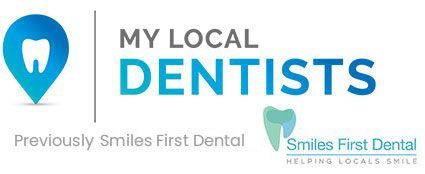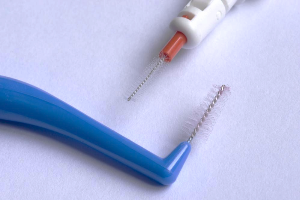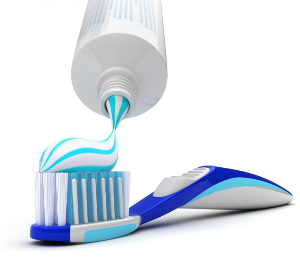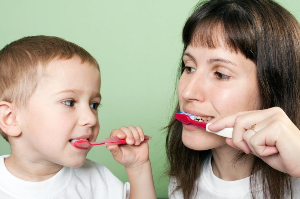 People who are under stress are quite noticeable at one glance. You will see changes in their appearance and actions. This is because stress can highly affect your general health, including your sleep and daily habits. On the other hand, stress also upsets the health of your mouth, teeth and gums. Researchers have discovered a link between stress and oral health. That is why if you are stressed today, you must double your efforts to uphold your oral health so as to help your body prevent upcoming dental health problems.
People who are under stress are quite noticeable at one glance. You will see changes in their appearance and actions. This is because stress can highly affect your general health, including your sleep and daily habits. On the other hand, stress also upsets the health of your mouth, teeth and gums. Researchers have discovered a link between stress and oral health. That is why if you are stressed today, you must double your efforts to uphold your oral health so as to help your body prevent upcoming dental health problems.
Know More about Stress and Oral Health Relationship
Cortisol, the stress hormone, is extremely raised when you are undergoing stress. This is why your immune system becomes weak and your body’s defenses against infections are ineffective. Plaque’s harmful oral bacteria are then ready to invade your gums, making stressed individuals highly susceptible to gum disease.
Aside from gum problems, stress has been also associated with the following oral health issues:









